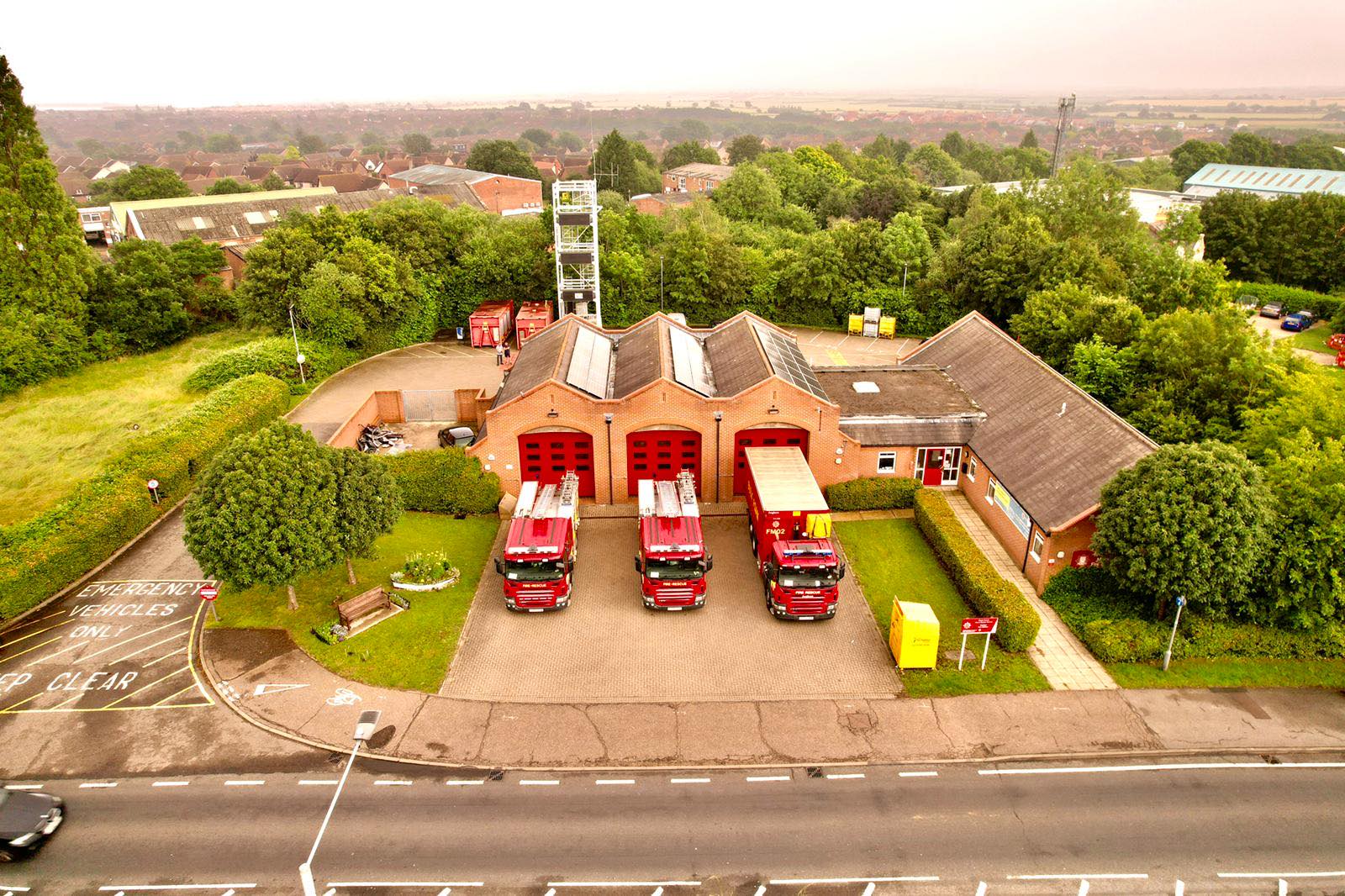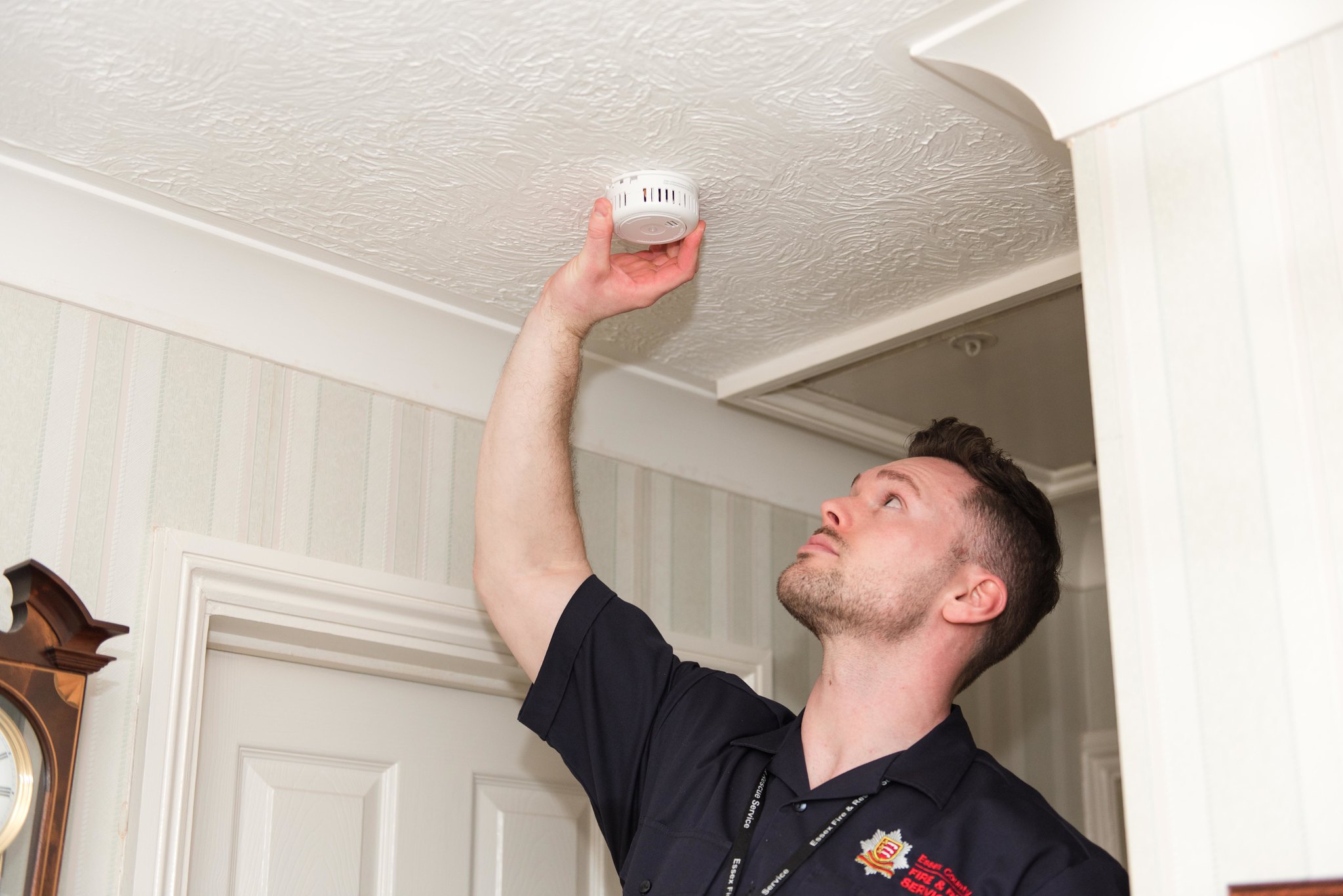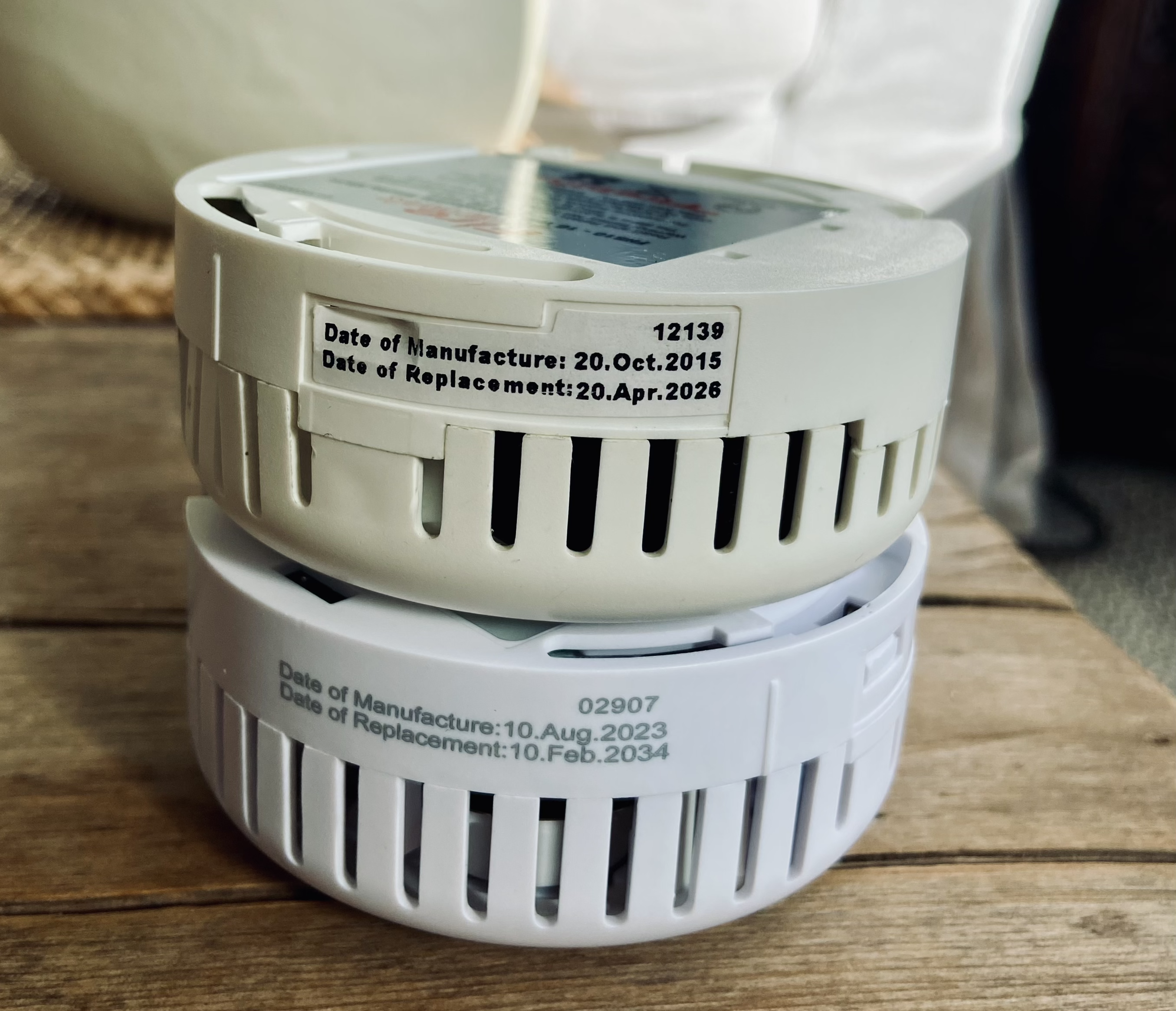Long Ladders to the Alps and beyond - part 2
After the Second World War the National Fire Service remained in existence until 1948. The size of the service was greatly reduced and in anticipation of a return to local authority control, fire appliances were moved around the country to ensure that fire brigades would be suitably equipped for the future. Turntable ladders (TL) were ‘high cost’ items and were distributed to fire stations in areas that needed them. In Essex, one notable move was an almost new Leyland Merryweather TL from London’s Dockhead fire station to Brentwood, replacing their 60ft (18m) Austin TL, which in turn was moved to the more rural West Country.
Although many post 1948 fire brigades needed to replace war weary appliances, almost all production of fire appliances was directed to the export market. German ladders made by Metz and Magirus were unavailable in the UK and as a result, Merryweather and Sons was the only producer of Turntable Ladders. Supplies were very limited and were controlled by the Government. As mentioned before, these appliances were very expensive so resulted in most TLs serving for much longer than was originally intended. Some staying in service for more than twenty years.
Essex needed a replacement for the TL based at Dagenham and in 1953 was able to procure one of the first post-war Metz 104ft (31m) ladder sets, mounted on a Dennis F14 Chassis. When the Greater London Council took over the whole of the Essex County Fire Brigade’s ‘Metropolitan’ C Division in 1965, this appliance moved over to the London Fire Brigade fleet.
With the county’s fleet of turntable ladders beginning to become more difficult to maintain, towards the end of the 1950s, new TLs were needed. Fortunately, at around the same time, Merryweather and Sons introduced their completely new hydraulic turntable ladder.
In 1959 the first of these new appliances arrived in the Essex County Fire Brigade (ECFB). Five of these AEC Mercury based appliances were to serve in Essex for the next 20 years. Considered by many to be the quintessential British fire appliance, these new appliances eventually gave their ladder sets to new chassis in the 1980s.
In the 1960s a different type of high reach appliance began to appear in British fire services. Called Hydraulic Platforms, these vehicles had large articulated booms operated by hydraulic rams and were able to reach outwards as well as upwards. Many fire brigades purchased these appliances, which were made in various sizes from 50ft to 100ft. One problem with Hydraulic Platforms was the size of the vehicles concerned. The greater the height of the platform, the larger the size of the vehicle required to carry it. This restricted which fire stations could house the appliances. The vehicles also needed sufficient space to operate as the ground outrigger jacks, needed to keep the vehicle stable, added more than twice the vehicle width when operating. Essex did not operate any Hydraulic Platforms (HPs), but a change was soon to come.
In 1991, the Essex County Fire and Rescue Service (ECFRS), as it was now called, took delivery of the first of five Aerial Ladder Platforms (ALP). This new variation of the Hydraulic Platform concept saw the lengths of the articulated booms shortened but made to extend. Fixed ladders, similar to the ladders of a turntable ladder, were attached to the extending articulated booms. Based on the Scania P113H chassis with body work by Saxon Fire Engineering and with 30m (98ft) booms made by Simon Engineering, these appliances could be operated either from the ground or from controls within the crew platform at the head of the top extending boom. These appliances were soon to show their versatility, especially on fires involving roofs and the upper floors of high structures.
In 2010 the ECFRS replaced its earlier ALPs with a new generation of Scania/Angloco/Bronto ALPs. These latest appliances are operated by computerised hydraulics and are quicker to extend and manoeuvre than the previous ALPs.
What of the future? Just when it was thought the turntable ladder would be completely superseded by the Aerial Ladder Platform, a new generation of TLs has come into service. These new appliances operate faster in all of their movements and have the advantage of an articulated top extension, giving them some of the attributes of the ALP. The London Fire Brigade has recently placed several of these new 32m ladders into service and will soon be receiving three new massive 64m turntable ladders.
M. Beale
All Fired Up’ is a series of articles written by our Museum volunteers about the history of the fire service in Essex.
Volunteers spend many hours researching the collection, often uncovering untold stories and finding interesting facts that would otherwise be lost.
To share these invaluable snippets of history with you we are making some of this research available. Read the full list here.


